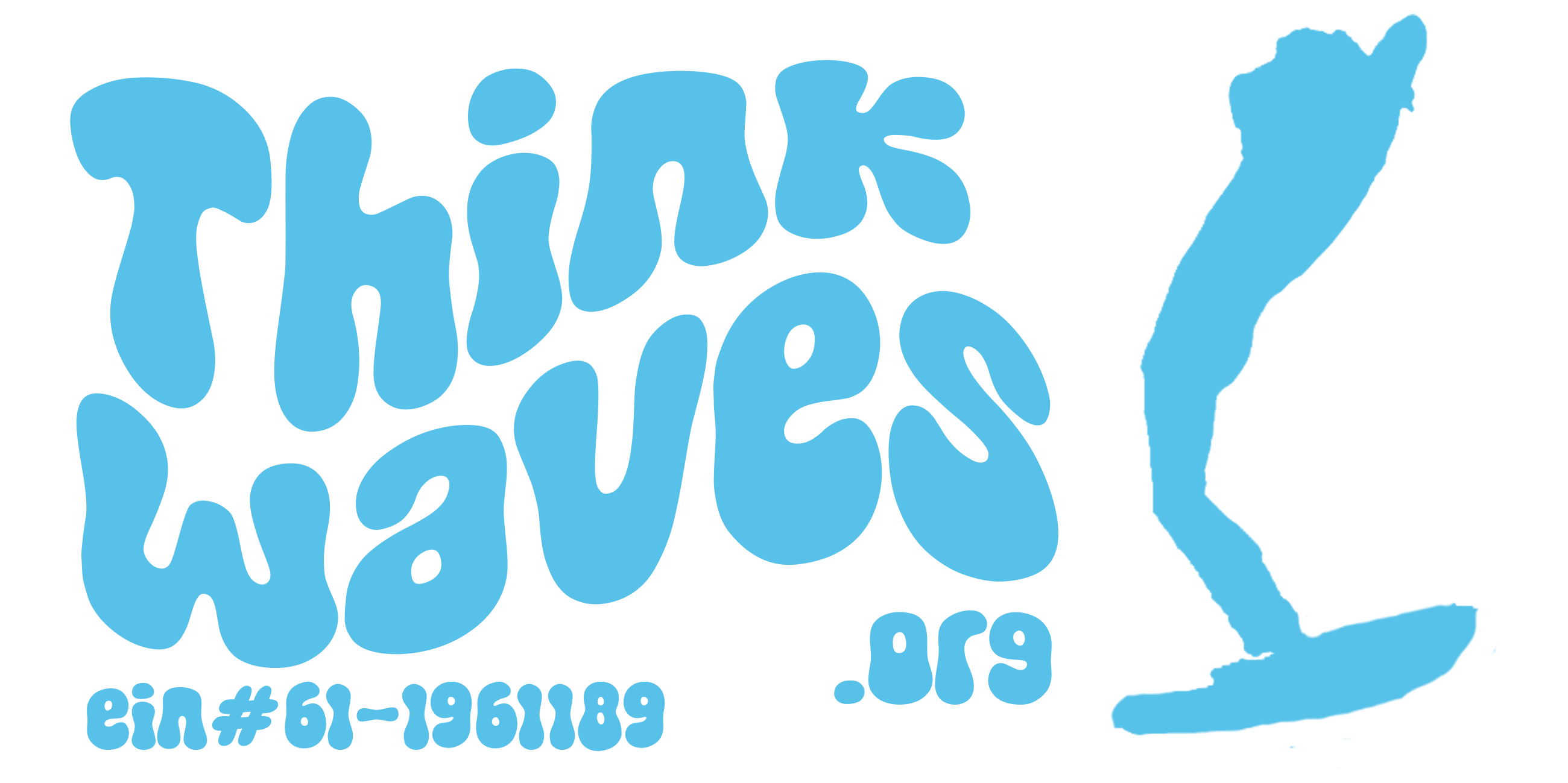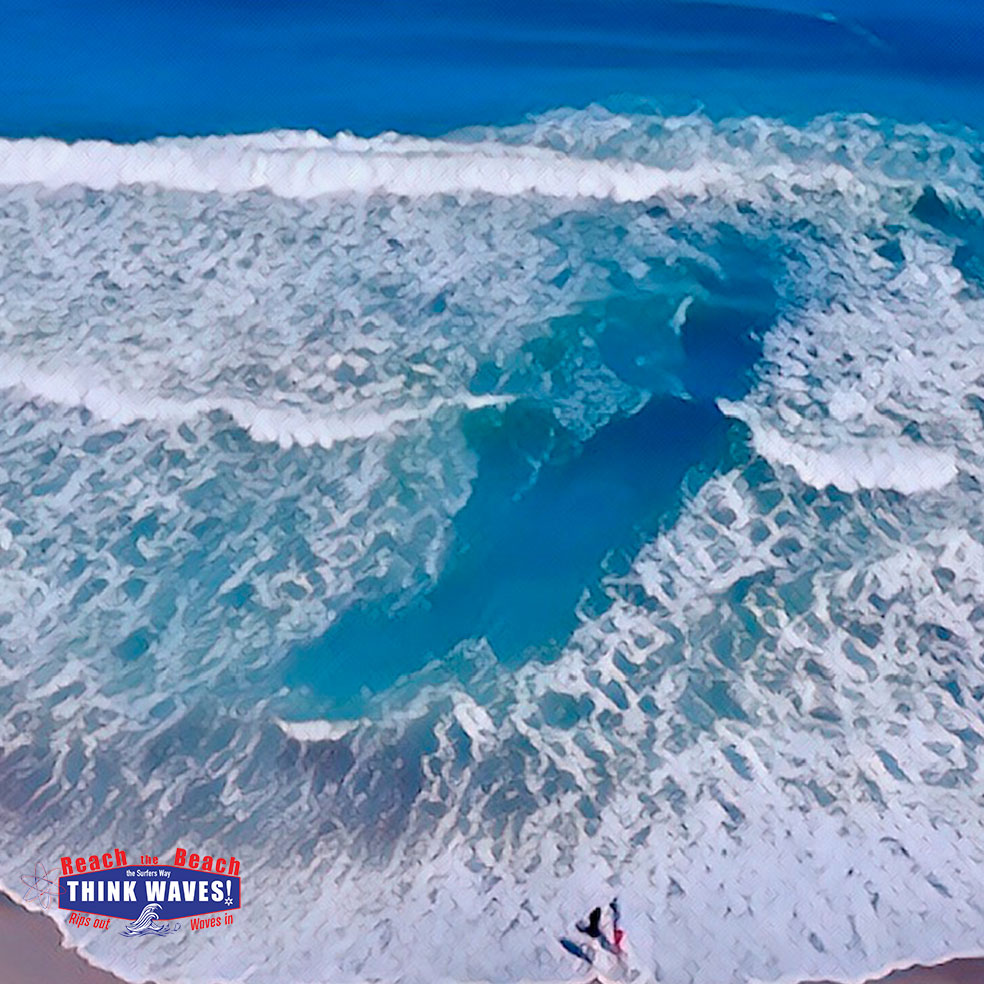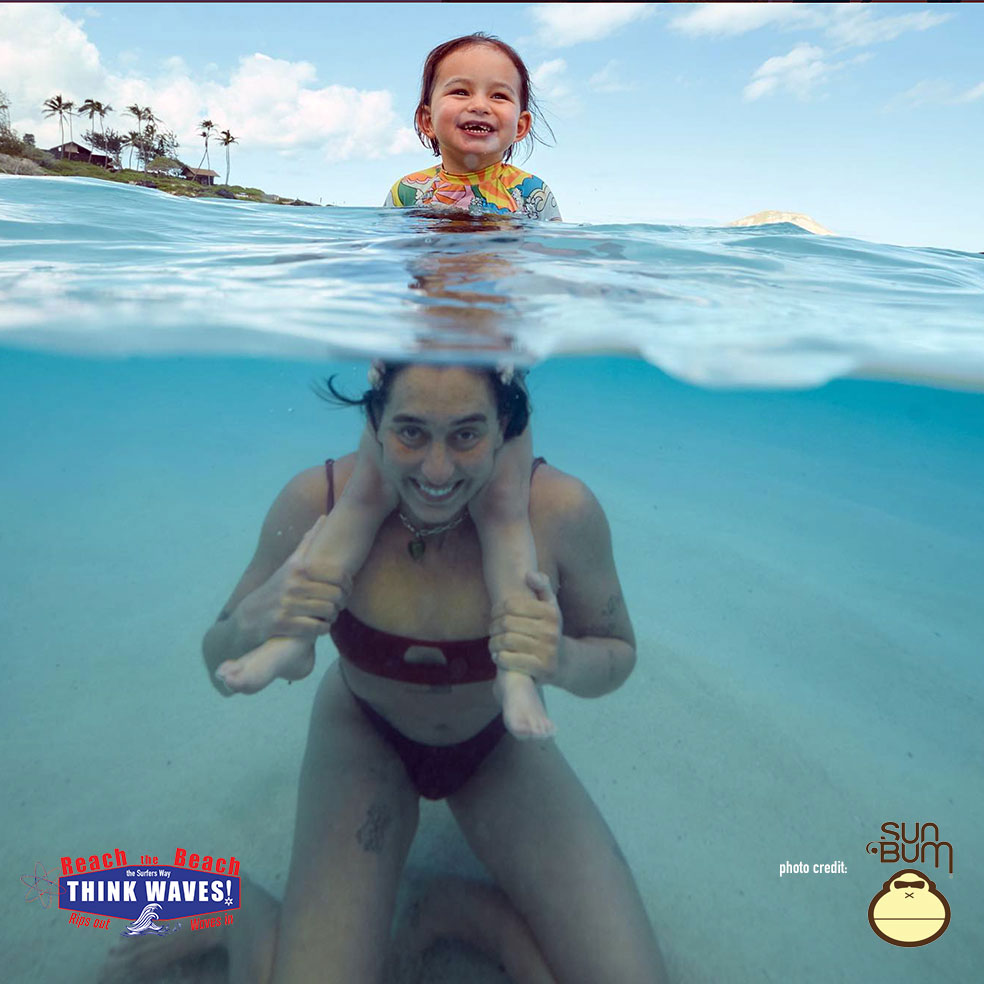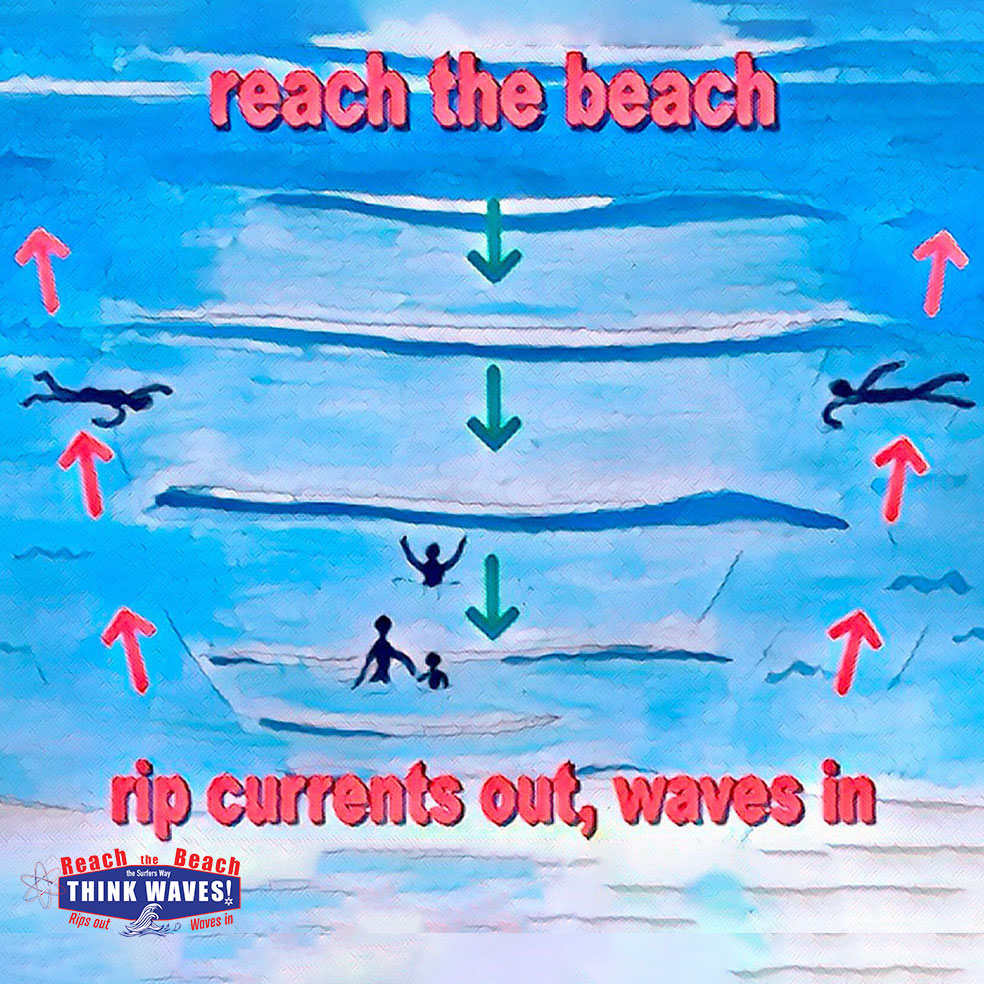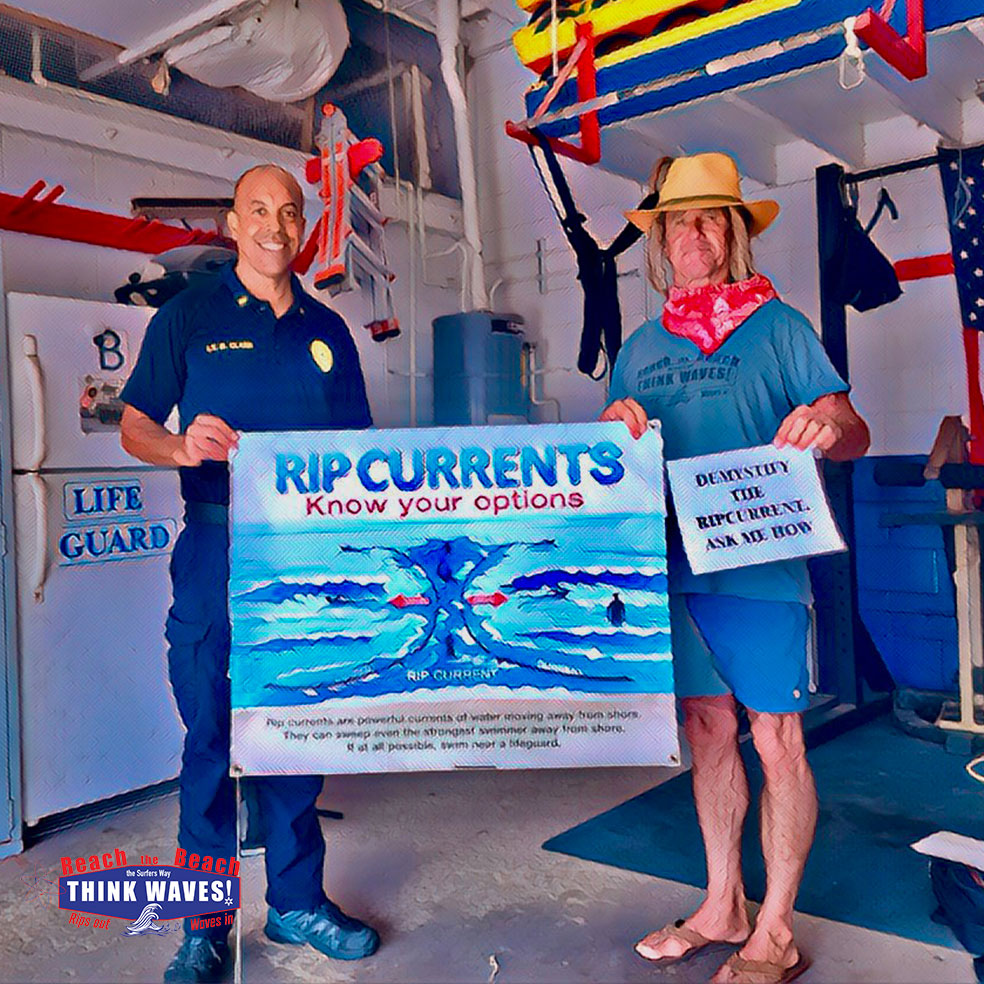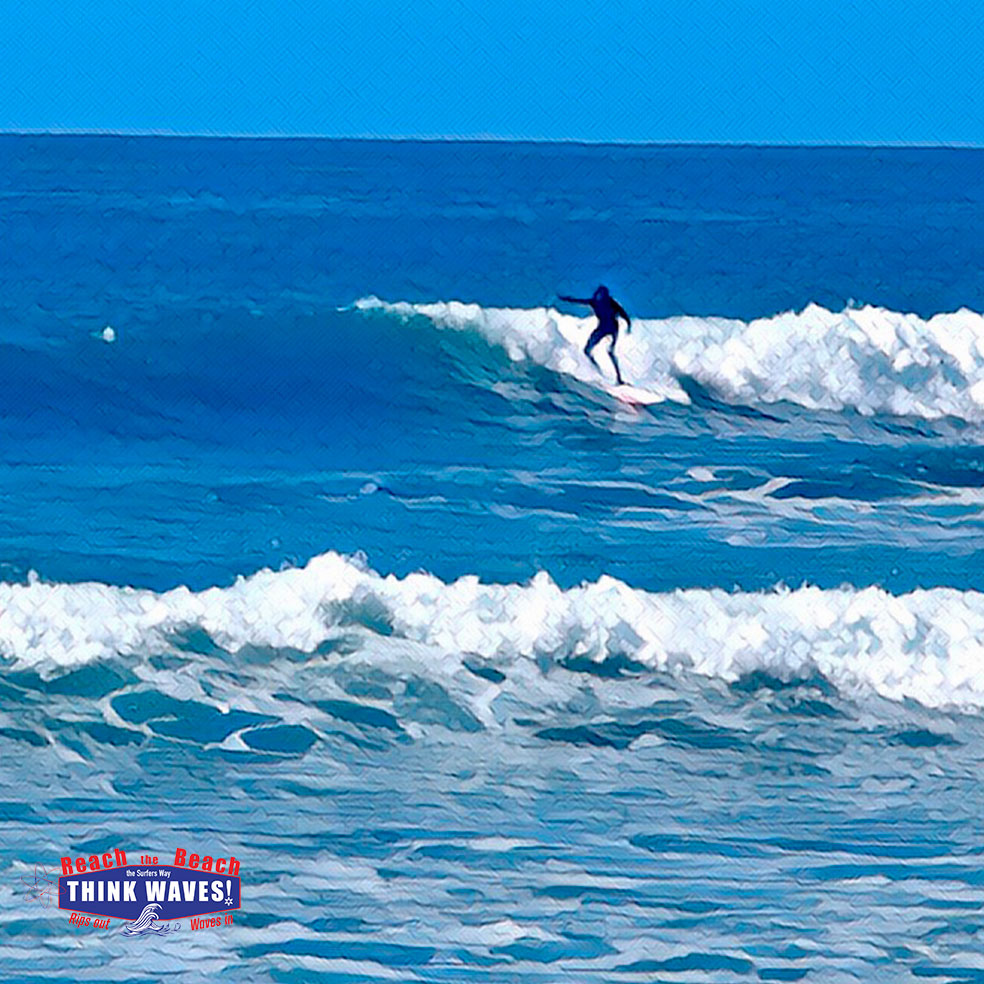Think Waves
Lifesaving Organization
(TWLO)
Surfers making waves in ocean safety
Removing Panic, Fear and Misinformation associated with rip currents. Replacing it with the Surfers Way.
501C3 charity ID number 61–1961189
Kumu Kai Sez Think Waves
The Surfers Way Rips out Waves In
What do experienced surfers know about rip currents?
Experienced surfers know and understand that ocean currents flow in and out and rip currents are not dangerous.
In the past surfers did not need lifeguards because they were the lifeguards. They had to rely on themselves to get back safely back to shore.. To this day experienced surfers use rips to go out and waves to come in.
What is a rip current?
Rip currents are ocean currents heading away from shore.
Rip currents are swift currents of water channeling back out to sea caused by waves moving towards shore.
The bigger the waves the stronger the rip currents. Sometimes rip currents are stationary other times they form unexpectedly.
Are rip currents dangerous?
Experienced surfers know rip currents are not dangerous.
Rip currents don’t pull swimmers under and don’t take swimmers much further out than beyond breaking waves. Rip currents can be useful experienced surfers, body surfers and swimmers use rip currents to effortlessly get beyond the breaking waves.
How do surfers spot rip currents?
Experienced surfers spot rip currents by looking for breaking waves.
Rip currents can be extremely difficult to spot even for experienced lifeguards!
For experienced surfers, it is easy to identify rip currents. Surfers look for breaking waves, where they dont see breaking waves, that is the rip current and where surfers paddle out.
The best way to spot rips is to first look for breaking waves. Rip currents are located in between or alongside of breaking waves. It is that simple.
How do surfers avoid rip currents?
Surfers don’t avoid rip currents. Surfers use rip currents to get out quickly to the surf and waves to get back to shore.
Play, wade, or swim in front of waves to avoid rip currents.
How do surfers escape from rip currents?
Surfers escape rip currents by using waves.
It should be noted there is only one way to escape rip currents and that is for a swimmer to use the push of waves to get back to shore.
The 3 most common ways to escape rip currents are:
1. Swim parallel to the beach
2. Float and let the rip current take you
3. Swim with the current in the direction of the nearest waves
Think Waves works with United States Lifesaving Association (USLA) and National Oceanic and Atmospheric Administration (NOAA) to improve water safety worldwide.
The Surfers Way to escape rip currents is the world’s best intuitive self rescue technique
– Lifeguard Captain Mike Hutchinson
Dr. McMahan advocates it’s safer to stay calm, float and let the rip take you out relying on it to circle back around and eventually bring you to shore. Very controversial, some countries say the float method is dangerous.
TWLO advocates the Surfers Way: stay calm, flow with the current and swim to the nearest waves to escape rip currents, tried true and proven effective by experienced surfers for hundreds of years. Whether a swimmer floats it out or swims parallel to the beach the idea is to get to waves pushing shoreward the Surfers Way to escape rip currents. Rips out waves in.
The original Surfers Way to escape rip currents.
Think Waves reach the beach.
Rips go out waves come in.
Stay calm.
Flow with the current.
Swim in the direction of the nearest Waves
(water going toward the shore).


